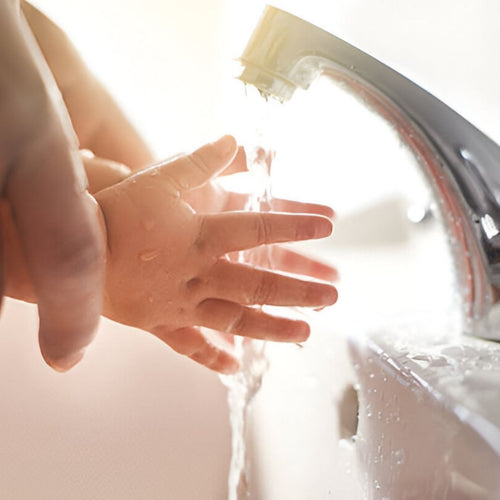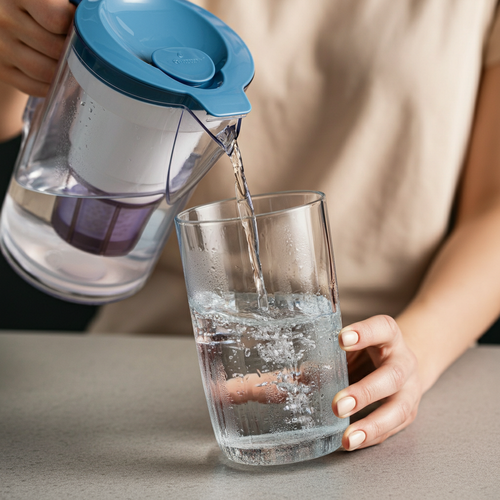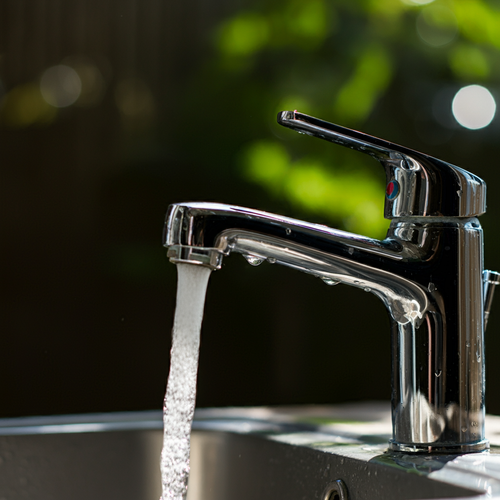So here’s the thing, we’ve all been there—scrubbing limescale off showerheads for the umpteenth time or watching our soap refuse to lather. These frustrations often point to bigger issues brewing inside our salt-based water softener. In this article, we’re covering the signs you need a new water softener so we can tackle problems before they spiral into expensive disasters. Let’s walk through what to watch for and how to choose the right replacement when the time comes.
Check System Age
Most water softeners run smoothly for about 10–15 years with proper care. If our unit is closing in on or past that lifespan, it’s prime time to evaluate replacement. Components like the resin tank and control valve wear out over time, and repairs can quickly exceed 50 percent of a new system’s cost. That being said, even well‐maintained units lose efficiency. When our softener hits a decade in service, it’s smart to start planning for a new system rather than shelling out for repeated fixes.
Spot Hard Water Symptoms
When our soft water suddenly feels hard again, chalky scale and mineral buildup are likely back in action. Keep an eye out for:
- White or brown crust on faucets, showerheads, or tiles
- Soap scum that refuses to rinse away
- Spotty dishes and glassware despite using rinse aid
- Dry, itchy skin or brittle hair after showering
- Reduced lathering on laundry and hair products
If these issues persist despite adding salt and cleaning the brine tank, our resin beads may be too clogged or worn to remove hardness effectively.
Track Salt Consumption
An efficient salt-based water softener uses a predictable amount of salt per regeneration cycle. If we notice:
- Needing salt more often than monthly
- Salt bridging or crust formations in the brine tank
- Brine tank overflow or unexplained salt loss
then our system is working overtime. Excessive salt usage often signals resin bead decline or control valve malfunctions. Instead of letting salt costs climb, it might be more cost-effective to invest in a new softener.
Monitor Water Pressure
Limescale and mineral deposits can accumulate inside valves and pipes, restricting flow. If we’re suddenly dealing with:
- Reduced water pressure at multiple fixtures
- Slow tub or sink fill times
- Irregular regeneration cycles triggered by pressure sensors
then scale buildup inside our softener or plumbing is impeding performance. A thorough cleaning or a sediment filter upfront can help, but persistent pressure drops often mean the system has outlived its usefulness.
Notice Regeneration Problems
A properly functioning softener regenerates on schedule, using the right blend of salt and water. Watch for:
- Frequent or skipped regeneration cycles
- Error codes on the control valve
- Brine draw failures or lack of suction
- Resin bead channeling or mud buildup
These glitches may be quick fixes when the unit is newer, but when our softener struggles repeatedly, it’s a red flag. At that point, a replacement with a modern control valve and heavy-duty resin might save us time and headaches.
Hear Unusual Sounds
That hissing, grinding, or banging noise from our softener isn’t music to anyone’s ears. Strange sounds can indicate:
- Valve malfunctions or pressure issues
- Worn pumps or motors
- Blocked injector or drain line
While some noises can be silenced with DIY cleaning, persistent mechanical sounds mean critical parts are failing. We don’t want to gamble on a major breakdown—replacement is often the safer route.
Consider Replacement Options
When we’re ready to move forward, we can choose from several top‐rated solutions. Here’s a quick comparison of three SoftPro Water Systems models to consider:
| Model | Best For | Price Range | Key Features |
|---|---|---|---|
| SoftPro ECO Water Softener | Budget-conscious homeowners | $1,500–$1,800 | Reliable softening, entry-level cost |
| SoftPro Elite Water Softener | Efficiency and performance seekers | $1,800–$2,200 | Heavy-duty resin, programmable regeneration |
| SoftPro Smart Home+ Softener | Tech-savvy, remote monitoring fans | $2,200–$2,800 | DROP integration, leak detection, app controls |
Here’s a thought: if we prefer a no-salt approach, a salt-free water conditioner or dual tank water softener could be alternatives, especially for well water homes. Either way, our next step is a free water analysis to match capacity and features to our household’s hardness level.
Final Thoughts
We get how daunting these signs can feel, especially when we’re juggling family schedules, budgets, and the never-ending to-do list. That being said, swapping an aging softener for a modern system—like a SoftPro Elite or Smart Home+—can save time on cleaning, cut utility bills, and protect our plumbing for years to come. So let’s stay ahead of the curve: if any of these warning signals ring true, it’s probably time to plan our replacement. Trust us, once the new unit is in place, we’ll wonder why we didn’t make the leap sooner.


















![Aldex Premium 10% Cross Link Resin for Water Softener [High Capacity]-SoftPro® Water Systems](http://www.softprowatersystems.com/cdn/shop/files/Aldex_10_Cross_Link_Resin_Premium_High_Capacity_for_Water_Softener_600x.jpg?v=1735853599)























